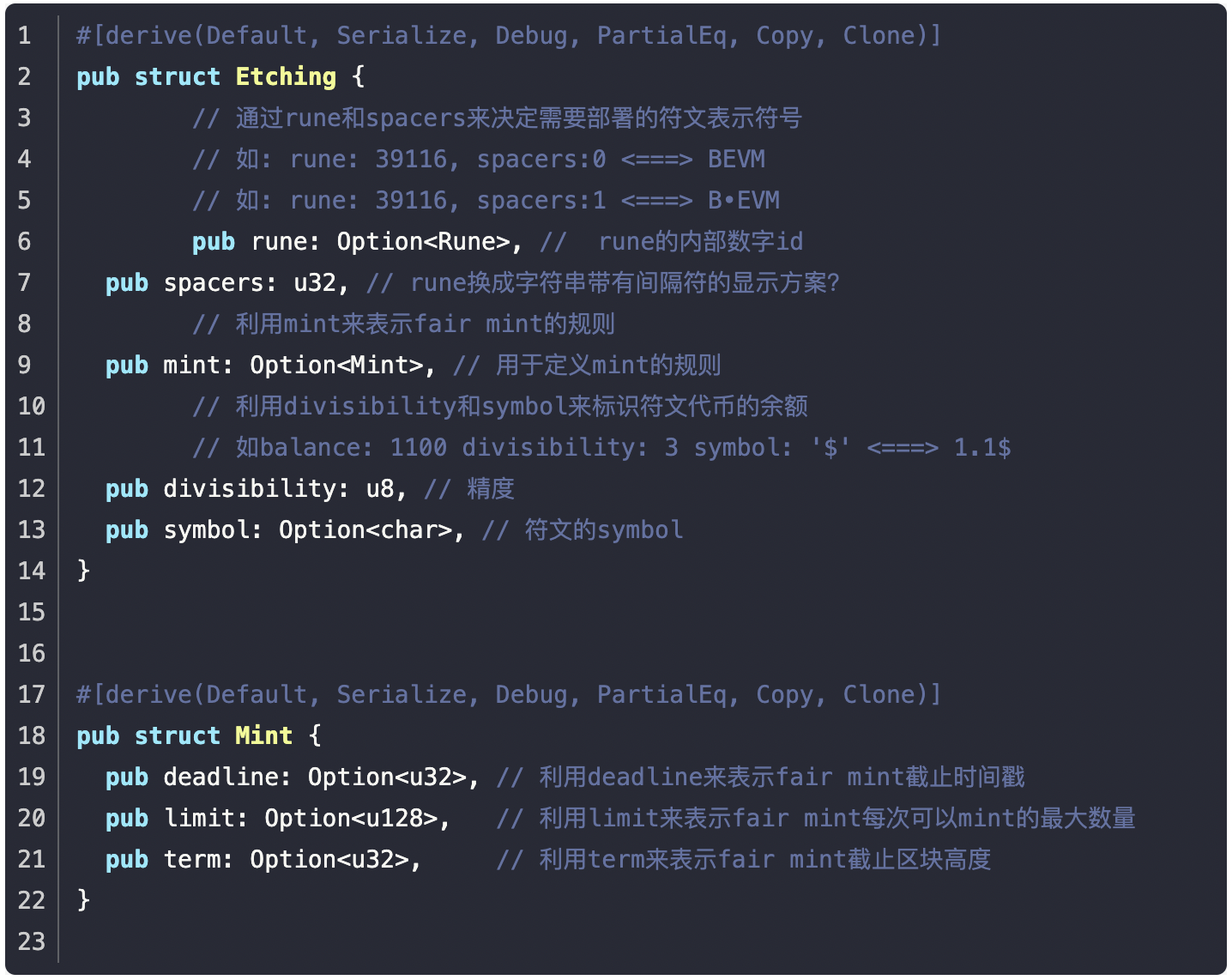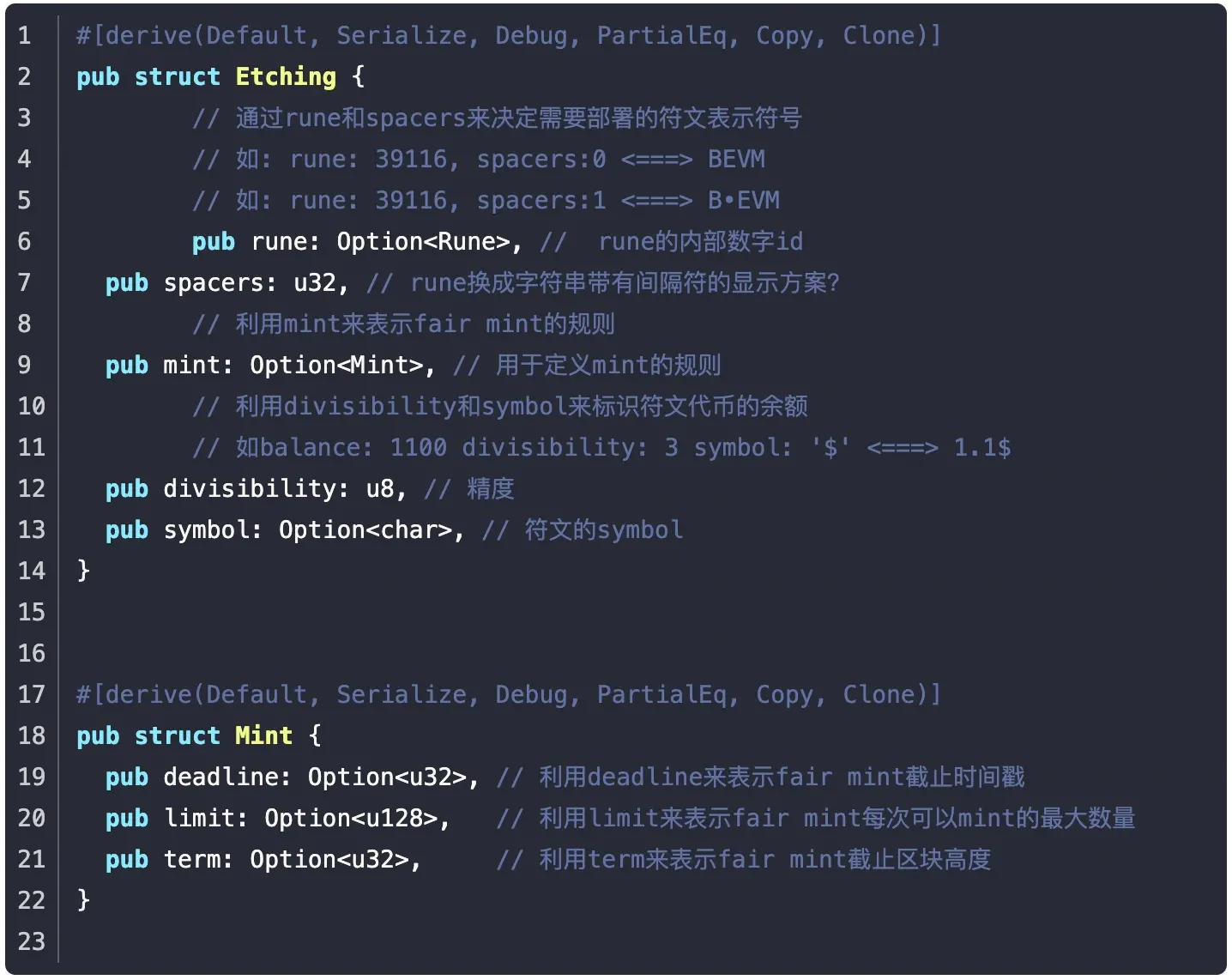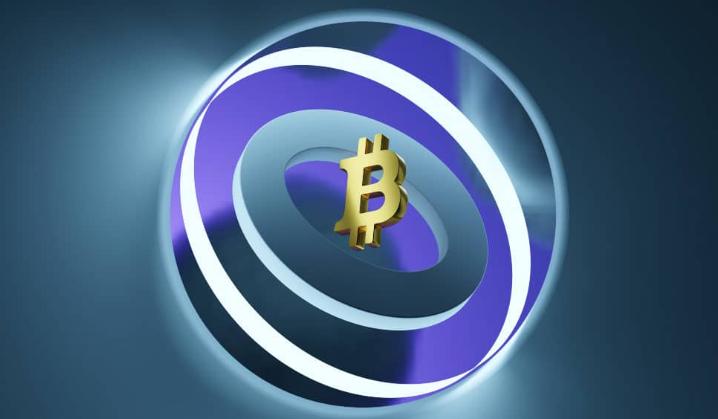Will the Runes protocol surpass ERC20 and become the mainstream token issuance protocol in the cryptocurrency market?
As we all know, the Ethereum ERC20 protocol is the first major token protocol in the crypto space, achieving the following feats:
First, it established the Ethereum public chain, making Ethereum's EVM smart contract platform the most mainstream development protocol in the entire crypto space.
Second, it enabled DeFi; the emergence of ERC20 tokens allowed project teams to use decentralized tokens to conduct decentralized financial operations.
Third, it facilitated decentralized financing and entrepreneurship, simply put, it made ICOs possible, allowing investors and entrepreneurs to engage in investment and financing more directly and efficiently.
Looking at the narratives of all new public chains today, they are basically replicating Ethereum's successful path, aiming to support their own ERC20. So how can one create an ERC20 that belongs to their own platform? There are two points:
The market capitalization of the new public chain must be large enough, which is why Solana has been surging, even exceeding 20% of ETH's market cap at one point, to solidify its foundation.
The token issuance protocol must be innovative and cannot simply copy ERC20. It needs to gain recognition from users and communities in the crypto space.
Comparing the above achievements of ERC20 and the breakthrough path of new token issuance protocols, the only one most likely to surpass the ERC20 token issuance protocol is Runes. The reasons are as follows:
BTC's market cap accounts for 50% of the cryptocurrency market cap, making its foundation the most solid, even surpassing Ethereum's foundation.
The emergence of BRC20 inscriptions has introduced a fair launch logic that is sufficiently innovative and has gained recognition from community users.
The Runes protocol is a new token issuance protocol derived and iterated on the basis of BRC20's fair launch, combining the advantages of both BRC20 and ERC20, while also being an asset issuance protocol on the BTC mainnet.
Basic Features of Runes
Utilizes the op_return carried by UTXO to describe basic operations such as deploy, mint, transfer, and the token information carried.
Token issuers can customize a completely fair launch similar to BRC20 or customize the fundraising process of ERC20's team organization. It also supports a combination of both, with part used for fair launch and the other part reserved for the team.
Runes VS BRC20
More flexible: BRC20 can only be fairly launched, which is not conducive to team fundraising and financing. Runes can do both.
More convenient: For BRC20 transfers, one must first inscribe, send a transaction, and then transfer, requiring heavy external retrievers to trace historical data. In contrast, Runes based on UTXO op_return carries operation codes and information in each UTXO, eliminating the need for additional inscribed transactions and requiring only lightweight retrievers, preventing large-scale dust attacks on the BTC network and saving users transaction fee costs.
Can be concurrent: For example, a transaction can carry one op_return plus M (where M is an integer, e.g., set to 1000) addresses, allowing a single transaction to be evenly sent to M users. This is somewhat similar to the basic red envelope feature in WeChat.
Runes VS ERC20
The foundation of ERC20 is ETH, while the foundation of Runes is BTC, making Runes' foundation stronger.
Since 2016, ERC20 has established many closed-loop businesses and a large ecosystem, while Runes has not officially started yet, giving ERC20 a first-mover advantage and scale effect.
Runes is seen as more trendy with greater growth potential, as there is a saying in the crypto circle that new tokens are favored over established ones.
Runes is compatible with the fair launch of BRC20 inscriptions, which is the most important asset narrative in this crypto cycle.
ERC20 is supported by a Turing-complete EVM mainnet for its business closed loop, but Runes can utilize BTC Layer2 to achieve the business logic brought by Ethereum's Turing completeness. It is understood that the leading BTC L2 project BEVM announced early on that it would integrate the Runes protocol, allowing users to cross Runes protocol assets to the second-layer network for commercial applications.
Some Details of the Runes Token Issuance Protocol
Deploy: The deployment of Runes is achieved by constructing a transaction with the following information in opreturn

 In the Deploy transaction, the following information can be included in opreturn to reserve tokens for the project team during deployment
In the Deploy transaction, the following information can be included in opreturn to reserve tokens for the project team during deployment


There are three ways to launch the deployed Runes:
If term is set to 0 and includes Edict, it means all deployed Runes are in the hands of the project team.
If term is not 0 and does not include Edict, it means the project team does not reserve Runes, and fair minting can occur when both deadline and term constraints are met.
If term is not 0 and includes Edict, it means the project team reserves Runes, and fair minting can occur when both deadline and term constraints are met.
Mint: Under the constraints, minting can be achieved by including the following information in opreturn, with the mint quantity already limited during deployment.

 Transfer: Input the UTXO carrying the Runes, then use opreturn with Edict information to specify which UTXO to transfer to.
Transfer: Input the UTXO carrying the Runes, then use opreturn with Edict information to specify which UTXO to transfer to.

The above is a brief overview of the basic operations for issuing assets under the Runes protocol. Interested friends can give it a try.









